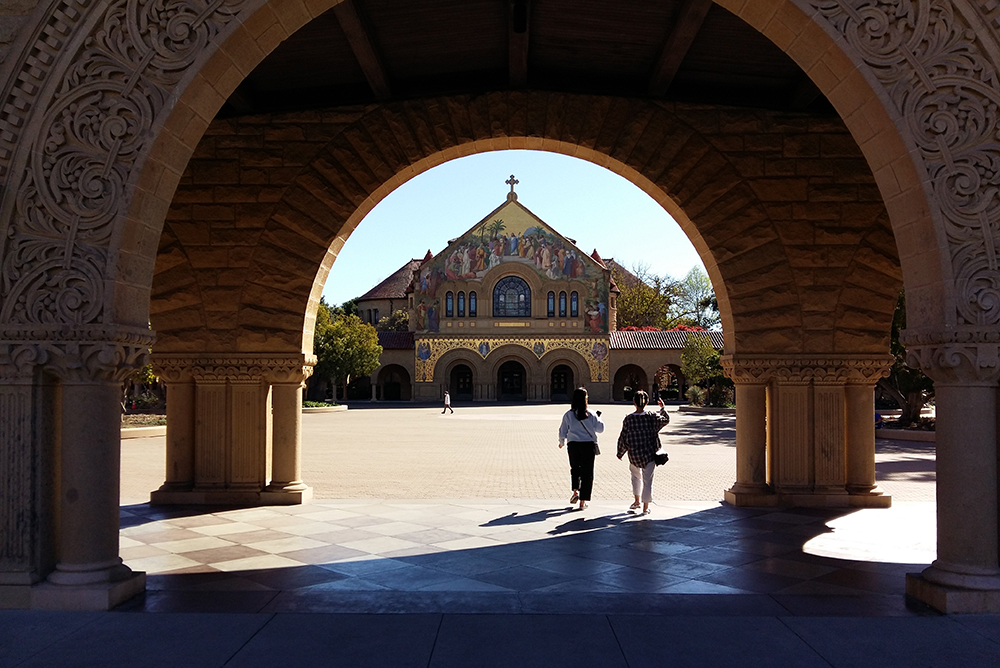The AAAI 2022 Spring Symposium “How Fair is Fair? Achieving Wellbeing AI” was held March 21-23, 2022 at Stanford University. In the Best Presentation Awards, Oliver Bendel and Liliana Alves took 3rd place (“Should Social Robots in Retail Manipulate”), and Martin Spathelf and Oliver Bendel took 2nd place (“The SPACE THEA Project”). In 1st place was Hiroaki Hamada (“AI agents for facilitating social interactions and wellbeing”). Oliver Bendel had won first place at the AAAI 2019 Spring Symposium “Interpretable AI for Well-Being: Understanding Cognitive Bias and Social Embeddedness” with his paper “Are Robot Tax, Basic Income or Basic Property Solutions to the Social Problems of Automation?”, along with two other researchers and their teams. Both symposia – from 2019 and from 2022 – were hosted by Takashi Kido and Keiki Takadama from Japan. They are among the pioneers in the field of Responsible AI.
MIT Lincoln Laboratory Presents AI-GUIDE
The MIT Lincoln Laboratory reports a new invention on its website, namely the AI-guided ultrasound intervention device. The teaser introduces the topic as follows: “Hemorrhage causes 90% of preventable battlefield deaths. AI-GUIDE is designed to address this issue by enabling medics to catheterize a major blood vessel, through which life-saving aid can be delivered, in a pre-hospital setting.” (Website MIT) The use of the device is described as follows: “Using state-of-the-art artificial intelligence (AI) and robotics, this handheld catheterization tool guides users to perform the key step of inserting a needle and guidewire in the targeted vessel, after which they can readily complete catheterization.” (Website MIT) More information via www.ll.mit.edu/r-d/projects/artificial-intelligence-guided-ultrasound-intervention-device.
Achieving Wellbeing AI
The AAAI 2022 Spring Symposium “How Fair is Fair? Achieving Wellbeing AI” will be held March 21-23 at Stanford University. The symposium website states: “What are the ultimate outcomes of artificial intelligence? AI has the incredible potential to improve the quality of human life, but it also presents unintended risks and harms to society. The goal of this symposium is (1) to combine perspectives from the humanities and social sciences with technical approaches to AI and (2) to explore new metrics of success for wellbeing AI, in contrast to ‚productive AI‘, which prioritizes economic incentives and values.” (Website “How Fair is Fair”) After two years of pandemics, the AAAI Spring Symposia are once again being held in part locally. However, several organizers have opted to hold them online. “How fair is fair” is a hybrid event. On site speakers include Takashi Kido, Oliver Bendel, Robert Reynolds, Stelios Boulitsakis-Logothetis, and Thomas Goolsby. The complete program is available via sites.google.com/view/hfif-aaai-2022/program.
Machines and Robots for Animal Welfare
On 25 February 2022, the article “Passive, Active, and Proactive Systems and Machines for the Protection and Preservation of Animals and Animal Species” by Oliver Bendel was published in Frontiers in Animal Science. From the abstract: “Digitalization and automation are expanding into many areas, resulting in more widespread use of partially and fully autonomous machines and robots. At the same time, environmental and other crises and disasters are on the rise, the world population is growing, and animals are losing their habitat. Increasingly, machines and robots such as agricultural vehicles, autonomous cars, robotic lawnmowers, or social robots are encountering animals of all kinds. In the process, the latter are injured or killed. Some machines can be designed so that this does not happen. Relevant disciplines and research areas briefly introduced here are machine ethics, social robotics, animal-machine interaction, and animal-computer interaction. In addition, animal welfare is important. Passive and active machines—as they are called in this review—are already appearing and help to observe and protect animals. Proactive machines may play a role in the future. They could use the possibilities of full automation and autonomy to save animals from suffering in agriculture or in the wild. During crises and disasters and in extensive nature reserves, they could observe, care for, and protect animals. The review provides initial considerations on active, passive, and proactive machines and how they can be used in an animal preservation context while bearing in mind recent technical and global developments.” The article is part of the research topic “Animal-Computer Interaction and Beyond: The Benefits of Animal-Centered Research and Design” and can be accessed at www.frontiersin.org/articles/10.3389/fanim.2022.834634/full.



